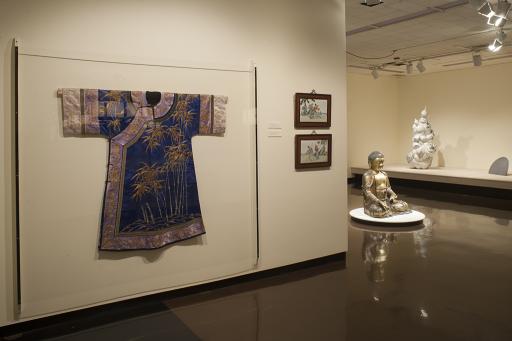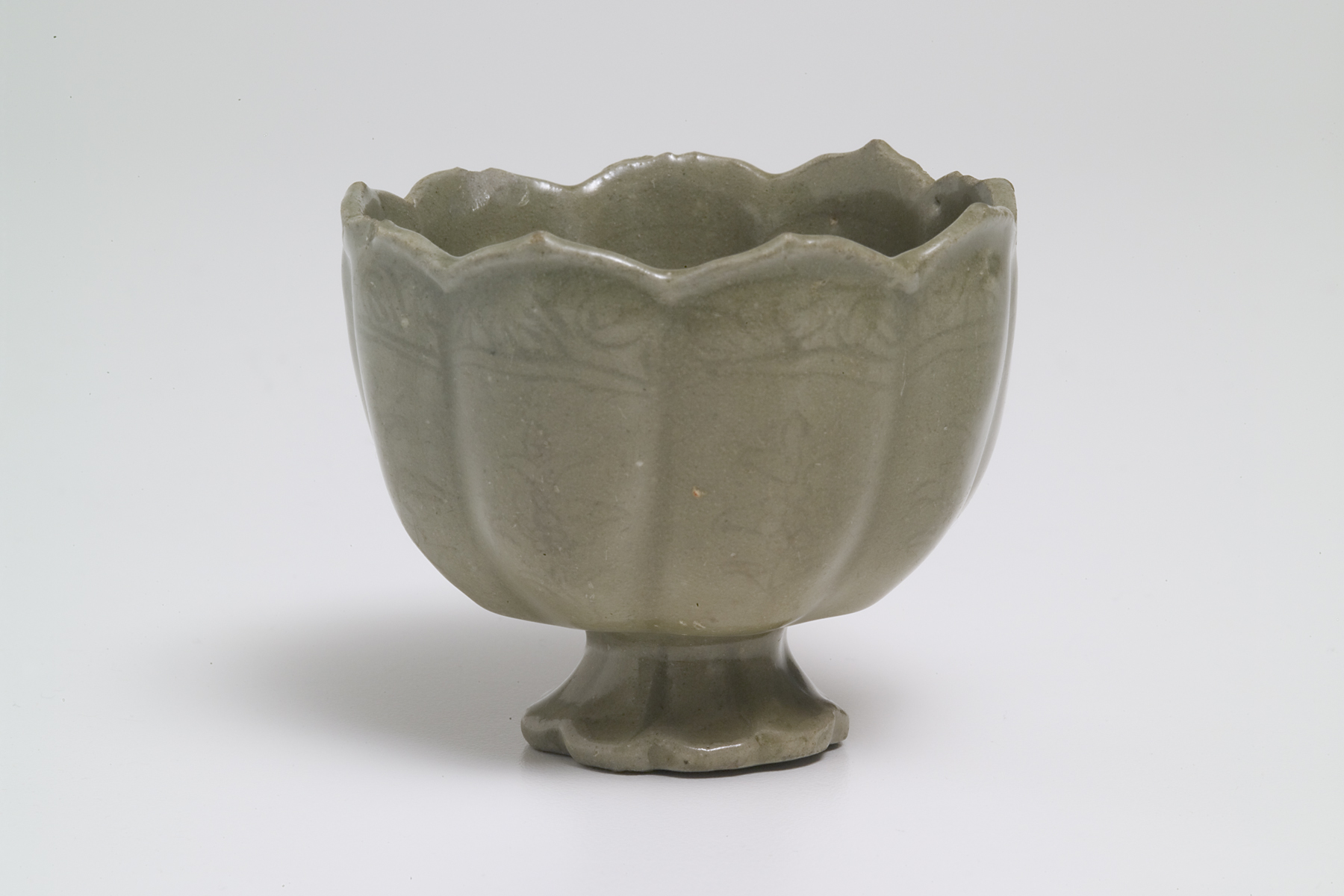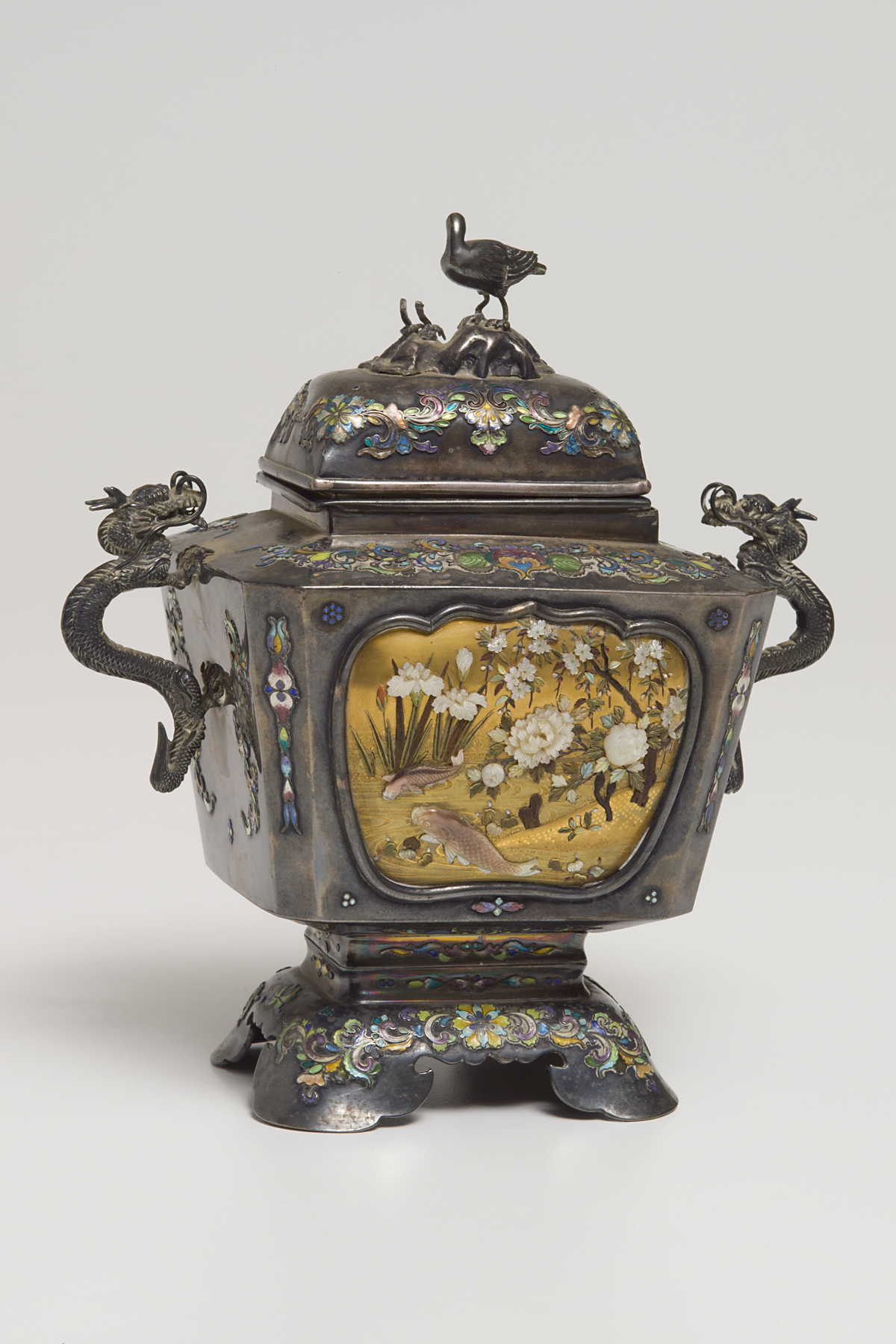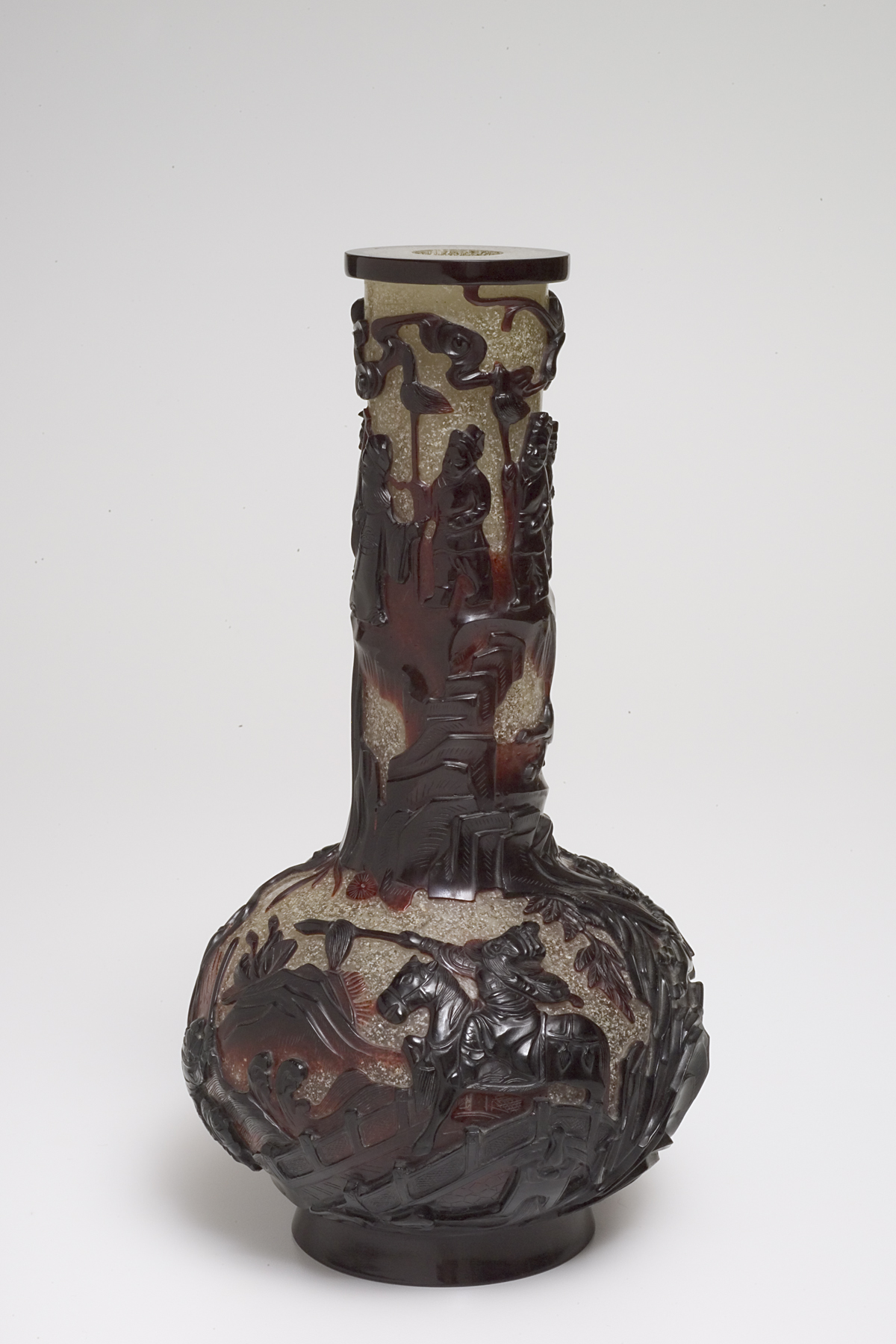Nature/Natural: Supple Virtue: Bamboo in East Asian Painting
Exhibition Overview
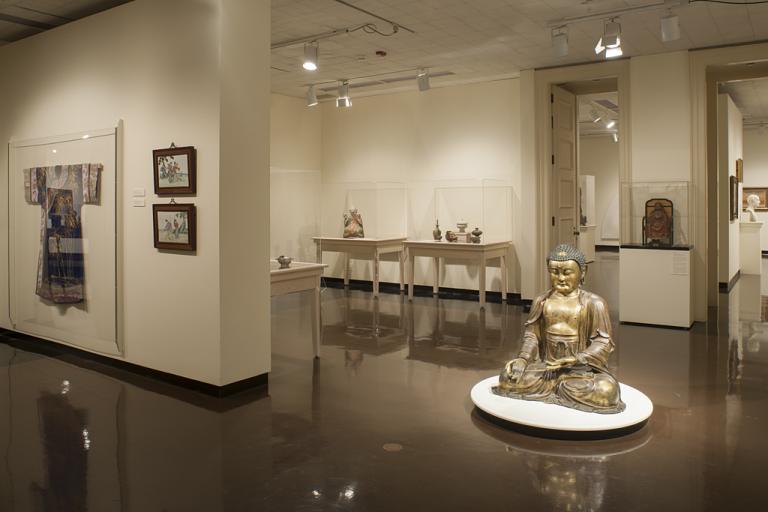
人生到處知何似
應似飛鴻踏雪泥
To what can our life on earth be likened?
To a flock of geese,
Alighting on the snow,
Sometimes leaving a trace of their passage.
Su Shi 蘇軾 (1037–1101)
One pervasive characteristic of East Asian art is its enduring pursuit to illuminate the relationship between natural phenomena—such as the connection between humans and the landscape, the change of seasons, or even the cracks in an old bowl—and an abstract concept of Nature. As in English, “Nature” in its broadest sense holds a rich spectrum of meaning in Chinese, encompassing many separate concepts and words.
However, it was in the concept of ziran 自然 (literally “being so of itself” or “spontaneity”) that Chinese thinkers explored the questions of the universe through the expression of the natural world found in poetry and painting. Artists looked at the landscape, found insight into the universe, and took up brush and ink as an attempt to convey this understanding. The 5th-century poem “Quaffing Wine” by Tao Yuanming 陶淵明 (365–427) speaks of the “authentic intent” or “timeless, unmoving conception” that nature reveals:
A timeless, unmoving conception lies hidden in these phenomena, but just as one seeks to express it, the words are already forgotten.
Rather than a background for human action, Nature is an integrated concept that includes humans as part of a seamless continuum.
Encountering these concepts, Korean and Japanese artists appropriated, imbued, and even departed from this view of the natural world, adding their own cultural perspectives. In the Korean Peninsula, shamanic traditions, a rich visual culture of Buddhism, and an austere Confucian simplicity were synchronized in new ways that expressed an abiding delight in the natural world. And in Japan, ideas from continental Asia merged with local animistic beliefs that emphasize balance between nature and humans. Through poetry and painting, the changing, yearly cycle of seasons became a predominate theme in Japanese art, embodied in this 9th-century poem:
The hue of the cherry
fades too quickly from sight
all for nothing
this body of mine grows old—
spring rain ceaselessly falling.
Ono no Komachi 小野小町 (c. 825–c. 900)







